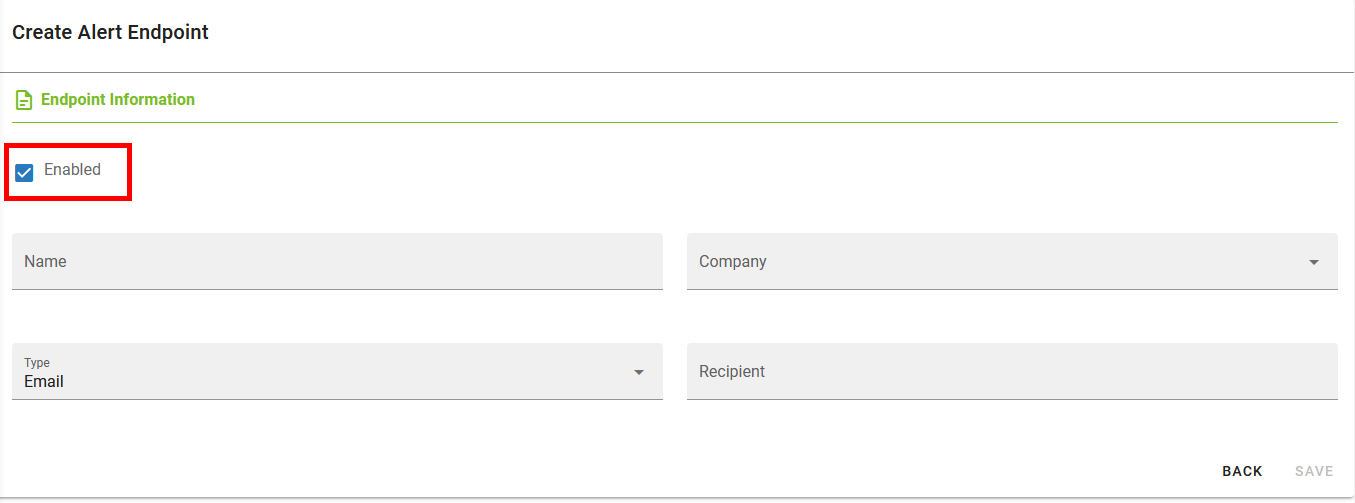Flood Alerts Explained: Understanding And Preparing For High Water

Table of Contents
Understanding Different Types of Flood Alerts
What do flood warnings, watches, and advisories mean?
It's vital to understand the differences between the various flood alert levels issued by meteorological agencies. Misinterpreting these alerts can have serious consequences. Here's a breakdown:
-
Flood Warning: This is the most serious alert. A flood warning means that flooding is occurring or is imminent. Water levels are rising rapidly, and immediate action is required to protect life and property. Example: A dam has breached, causing immediate and widespread flooding downstream. Evacuate immediately.
-
Flood Watch: A flood watch signifies that conditions are favorable for flooding. While flooding isn't currently occurring, it's a strong possibility. This is the time to prepare and monitor the situation closely. Example: Heavy rainfall is forecast for the next 24 hours, increasing the risk of river flooding in low-lying areas. Prepare your home and monitor weather updates.
-
Flood Advisory: A flood advisory indicates that minor flooding is occurring or is imminent. While the threat isn't as severe as a warning, it still warrants caution and awareness. Example: Minor flooding is occurring in some areas due to localized heavy rainfall. Use caution while driving and avoid low-lying areas.
Sources of Flood Alerts
Reliable information is key during a potential flooding event. Multiple sources provide flood alerts, including:
- National Weather Service (NWS): The primary source for weather-related alerts in many countries. Check their website or app regularly.
- Local News: Local television and radio stations often provide timely updates and specific information relevant to your area.
- Weather Apps: Many weather apps (e.g., AccuWeather, The Weather Channel) offer customized alerts for your location.
- Emergency Management Agencies: Your local or regional emergency management agency will issue alerts and provide guidance during flood events.
Sign up for multiple alert systems – text messages, email notifications, and app alerts – to ensure you receive timely warnings, regardless of your location or access to other sources of information.
Creating a Flood Preparedness Plan
Protecting Your Home
Preparing your home for a potential flood is crucial. Here's a checklist:
- Move valuables to higher ground: Elevate important documents, photos, and electronics.
- Seal basement windows and doors: Prevent water from entering your basement.
- Install flood barriers: Consider installing temporary flood barriers to protect your home's perimeter.
- Clear gutters and drains: Ensure water can flow freely away from your home.
- Purchase flood insurance: This is a vital step in protecting your financial assets. [Link to flood insurance information]
Creating an Emergency Kit
Assemble an emergency kit well in advance of any potential flood. Include:
- Water: One gallon per person per day for several days.
- Non-perishable food: Easy-to-prepare items with a long shelf life.
- First-aid supplies: Bandages, antiseptic wipes, pain relievers, etc.
- Medications: A supply of any necessary prescription medications.
- Flashlights and batteries: Essential for navigating during power outages.
- Copies of important documents: Store these in a waterproof container.
- [Link to downloadable emergency kit checklist]
Remember to include plans for your family members and pets in your emergency plan.
Evacuation Planning
Knowing your evacuation route and having a designated meeting point are crucial.
- Identify your evacuation route: Plan multiple routes in case one is blocked.
- Designate a meeting point: A location outside the flood zone where family members can reunite.
- Prepare transportation: Ensure your vehicle is in good working order and has sufficient fuel.
- Pack essential items: Include your emergency kit, important documents, and medications.
- Follow official evacuation orders: Evacuate promptly when instructed by authorities.
Responding to a Flood Alert
Actions to Take During Different Alert Levels
Your actions will vary depending on the type of flood alert:
- Flood Warning: Evacuate immediately if instructed. Move valuables to higher ground. Disconnect utilities.
- Flood Watch: Monitor conditions closely. Prepare your home and emergency kit. Identify evacuation routes.
- Flood Advisory: Be aware of potential flooding. Avoid low-lying areas. Monitor weather updates.
Staying Safe During a Flood
Floodwaters are extremely dangerous:
- Avoid floodwaters: Never drive or walk through floodwaters. The depth and current may be deceptive.
- Stay away from downed power lines: These pose a significant electrical hazard.
- Be aware of potential hazards: Floodwaters can carry debris, chemicals, and other dangers.
- Seek higher ground: If you're caught in a flood, move to higher ground immediately. [Link to flood safety resources]
Conclusion
Understanding and preparing for flood alerts is paramount for protecting your safety and property. By understanding the different types of alerts, creating a comprehensive preparedness plan, and knowing how to respond effectively, you can significantly reduce your risk and mitigate potential damage. Don't wait for a flood alert to start planning; take action today to ensure you're ready for high water events. Learn more about effective flood alert preparation and create your own personalized flood preparedness plan. Stay safe and informed about potential flood alerts in your area.

Featured Posts
-
 Herzliyas Salon Yevani A Restaurant Review By The Jerusalem Post
May 26, 2025
Herzliyas Salon Yevani A Restaurant Review By The Jerusalem Post
May 26, 2025 -
 Fin De La Semaine Des 5 Heures Sur La Premiere Les Precisions De La Rtbf
May 26, 2025
Fin De La Semaine Des 5 Heures Sur La Premiere Les Precisions De La Rtbf
May 26, 2025 -
 Find Tranquility In Rehoboth Beach A Stress Free Getaway
May 26, 2025
Find Tranquility In Rehoboth Beach A Stress Free Getaway
May 26, 2025 -
 Vivre Parmi Les Gens D Ici Conseils Et Astuces
May 26, 2025
Vivre Parmi Les Gens D Ici Conseils Et Astuces
May 26, 2025 -
 French Open 2024 Alex Ealas Road To Success
May 26, 2025
French Open 2024 Alex Ealas Road To Success
May 26, 2025
